You have made the call and scheduled the meeting with your major donor.
Now, the question is, what do you need to bring to this visit? Do you bring a brochure or a video, or perhaps even a PowerPoint presentation? I say you bring it all. What?
And, it doesn’t have to be full of flash and dash to present to a donor. In fact, it can be the exact opposite.![]()
So, what should you bring?
Bring a little bit of everything.
The most important thing is that you bring your ears and listen to the donors.
Here is what I recommend that you have at the ready for your next upcoming donor meeting:
1. I suggest that you compile a list of questions that you want to ask your donor to facilitate good conversation, and then come prepared with these questions to promote dialogue. If you would like a sampling of donor questions, please email me. Then listen.
2. Having an ample supply of materials allows you to remain flexible and to target what you share with your donor appropriately. It is in the listening that you will unearth your donor’s motivations for giving and interest areas. From there, you can determine what part of your organization is best to showcase with your donor.
3. Here is a list of what could be in a major donor packet:
- Q & A flyer
- Case brochure
- Agency brochure
- A gift range chart
- Monthly and planned giving information
- Gift form/pledge form
- Thank You Note Cards – to send right after your meeting
- Lead Gift Proposal, if determined necessary
- Recent PR
- Donor Newsletters
- Video
- A sampling of an organizational product, if any
- A benefit or a gift
4. When visiting with a donor, I often listen first. Then, I match up what I have brought with me, and call their attention to particular items that I think may be of interest. Some donors may be more rational, so hard and fast numbers may be more appropriate. Other donors may be more emotional, so sharing a video testimonial or a program in action may be more meaningful. You can have the video cued up on your smartphone or tablet to display, as needed. One word of caution – ensure that you have internet access.
Be thoughtful about listening and sharing. Get to know your donors first before you start sharing the “kitchen sink” with them.
5. Do intend to leave the entire packet behind. But, plan to use only pieces of it as tools, matching a donor with specific interest areas in your organization. Leave the materials in a portfolio folder with your logo on it.
Far too often, organizations waste precious time on getting their materials perfect before they start making any donor visits. Don’t let materials be the impediment to building relationships with your donors. Compile what you have and create what you need, but ultimately ask the essential questions of your donors and then listen. The materials only play a supporting role in the meeting. Your donor and his or her interests take center stage.

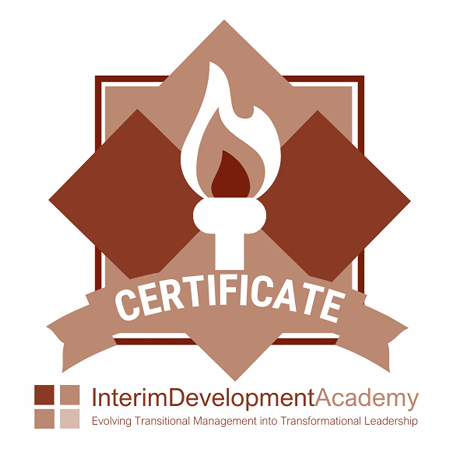

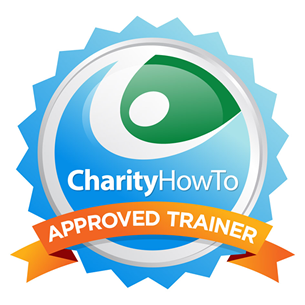
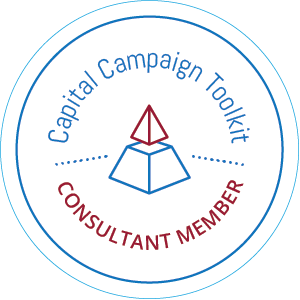
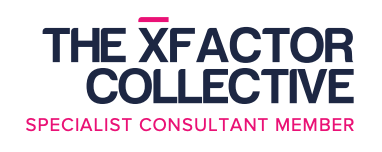
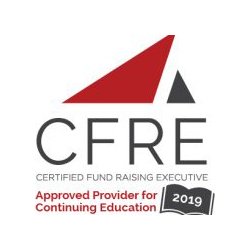



Leave a Reply
Want to join the discussion?Feel free to contribute!